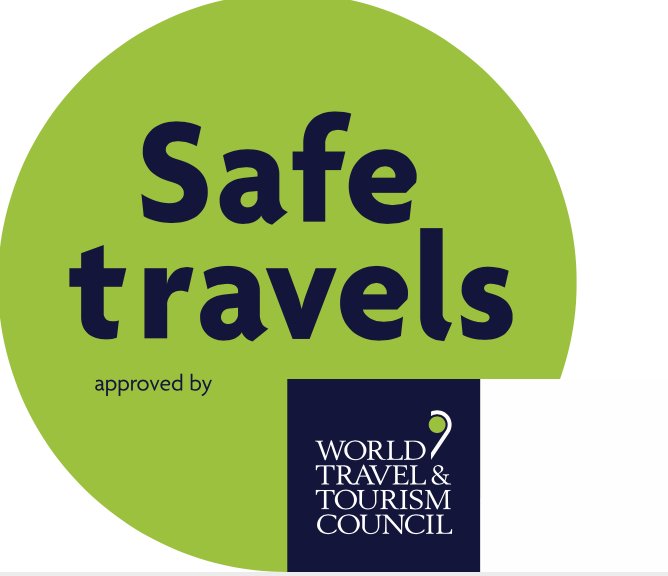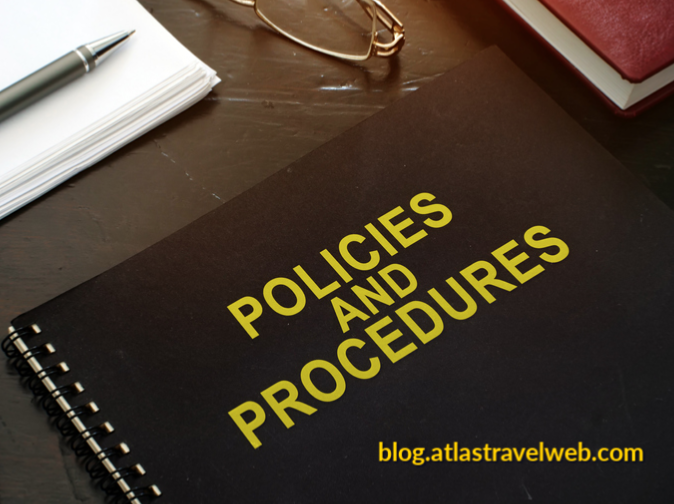The world’s first-ever ‘global safety and hygiene stamp’ has been launched by the World Travel & Tourism Council (WTTC) to reassure consumers and speed up tourism recovery.
The new Safe Travels protocols will provide consistency to destinations and countries, as well as guidance to both travel providers and travelers about the new approach to health and hygiene in the post-COVID-19 world. These protocols will apply to all sectors of the travel and tourism industry including hospitality, airports & flights, cruise lines and tour operators, among others. Those following the guidelines will receive a “safety stamp.”

With this stamp, travelers can see the governments and businesses which have adopted these global standardized health and safety protocols.
The program is based on medical evidence and guidelines from several both the Centers for Disease Control & Prevention and the World Health Organization. Involved in the process were also reputable industry associations including the following:
- Airports Council International (ACI)
- Cruise Lines International Association (CLIA)
- International Air Transport Association (IATA)
WTTC has divided the new guidance into five key elements:
- Restarting operations
- Ensuring the traveler experience is safe and secure
- Rebuilding trust and confidence
- Innovation
- Implementing enabling policies
The airline and cruise the aviation and cruise protocols are still in development and will be announced in the near future. We will update this post as the information becomes available.
Measures being announced today for hotels and the hospitality industry include:
Evaluated innovations for cleanliness and disinfection, such as electrostatic spraying technology, UVC light and EPA based air filtration, with validation from expert bodies and governmental institutions, such as WHO, and share best practices.
- Developed a COVID-19 prevention plan including an action/checklist for infection prevention. This must include enhanced guidance for cleaning high traffic areas of hotels, with a specific focus on high-frequency touch points, such as room key cards
- Implemented protocols and guidelines for staff safety and health, including health checks
- Signage & guidelines to ensure social distancing
- All staff will be training on infection control, social distancing and enhanced hygiene measures, including hand-washing and the use of masks and gloves
- All extraneous items should be removed throughout the hotel such as maps, brochures or magazines that would be touched by a lot of people
- Integrate technologies to enable automation, such as introducing contactless check in and check out where possible, as well as paying for service throughout the resort
- Offer room service using no-contact delivery methods
- Have clear, consistent and enhanced communication with customers on new health and hygiene safety protocols, both digitally and physically at hotels
- Safe reopening of Food and Beverage outlets and Meeting and Events spaces with specific actions to ensure social distancing, disinfection and food safety. Restaurants should limit capacity, ensure social distancing through table spacing, as well as minimizing what is placed on guest tables and provide pre-packaged items if feasible
- Evaluated innovations for cleanliness and disinfection, such as electrostatic spraying technology, UVC light and EPA based air filtration, with validation from expert bodies and governmental institutions, such as WHO, and share best practices.
Related posts:
TSA Guidelines for Summer Travel
How To Use Future Cruise Credits
When Will Escorted Tours Resume Travel 2020








